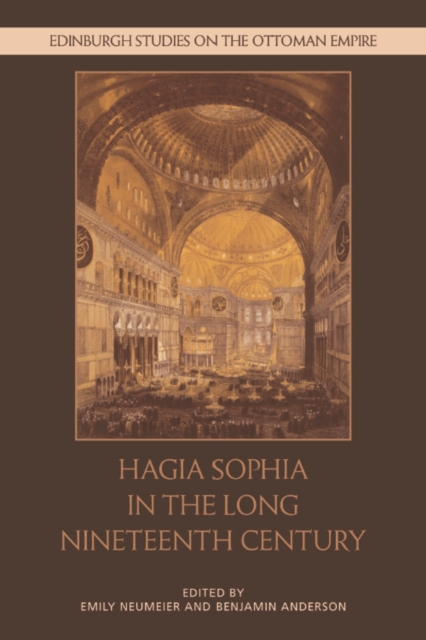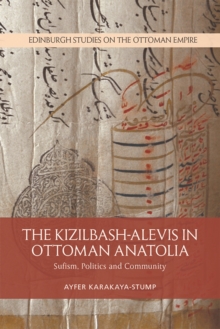
Hagia Sophia in the Long Nineteenth Century PDF
Edited by Emily Neumeier, Benjamin Anderson
Part of the Edinburgh Studies on the Ottoman Empire series
Description
Uncovers a diversity of local encounters with Hagia Sophia in the late Ottoman Empire
- Examines the "biography" of a single monument from multiple points of view
- Nine chapters present a variety of methodological approaches drawn from the fields of history and art history
- Emphasis on local or non-traditional discourses in the Ottoman Empire and beyond
- Considers the physical changes to the structure, decoration and surroundings of Hagia Sophia
- Opens new avenues of research for readers interested in alternative accounts of modernity
Hagia Sophiaa building whose domes have defined Istanbul's skyline for over 1500 yearshas led many lives. Initially a church, subsequently a mosque, then a museum, the structure is today a monument of world heritage, even as its official status remains contested. Hagia Sophia's global fame took shape during the long nineteenth century, when Europeans "discovered" its architectural significance. But what role did local actors play in the creation of Hagia Sophia as a modern monument?
This book seeks out the audiences of this building beyond its Western interpreters, from Ottoman officials to the diverse communities of Istanbul. Chronologically bracketed by the major renovation of the structure in the 1740s and its conversion into a museum in 1934, this volume traces the gradual transformation of Hagia Sophia within the Ottoman imaginary from imaret (mosque complex) to eser (monument); that is, from lived space to archaeological artifact.
Information
-
Download - Immediately Available
- Format:PDF
- Pages:312 pages
- Publisher:Edinburgh University Press
- Publication Date:06/02/2024
- Category:
- ISBN:9781474461023
Information
-
Download - Immediately Available
- Format:PDF
- Pages:312 pages
- Publisher:Edinburgh University Press
- Publication Date:06/02/2024
- Category:
- ISBN:9781474461023










